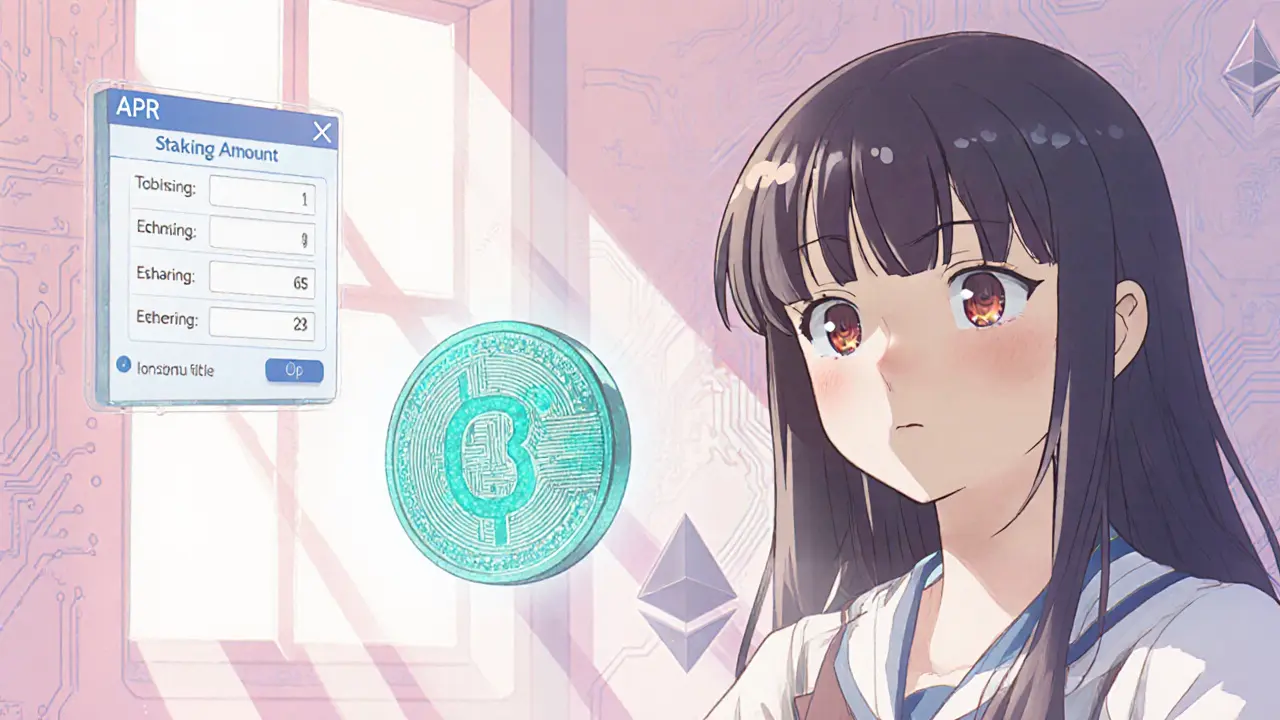Crypto Lending: How It Works & What You Need to Know
When exploring crypto lending, the practice of borrowing or lending digital assets to earn interest or unlock liquidity. Also known as crypto loans, it sits at the heart of modern finance on blockchains. Decentralized Finance (DeFi), an open, permissionless financial ecosystem built on smart contracts DeFi powers most lending platforms, letting anyone lend without a bank. Yield Farming, a method where users lock tokens in lending pools to capture protocol rewards liquidity mining often overlaps with lending, while Liquidity Mining, the act of providing assets to a pool that powers loans and earning a share of the fees ensures the system stays fluid. These concepts together shape how you can put your crypto to work.
Crypto lending requires collateral—usually over‑collateralized because smart contracts can’t check credit scores. This collateral rule creates a direct link to market makers, who constantly balance supply and demand in lending pools. When borrowers flood in, market makers adjust interest rates, a process similar to how traditional banks set loan rates based on risk. In DeFi, this rate‑adjusting mechanism is often automated via algorithms that respond to pool utilization, tying together the worlds of lending, yield farming and liquidity mining in a single feedback loop.
Why Crypto Lending Matters for Every Investor
First, it turns idle assets into income. If you hold a stablecoin like USDC, placing it in a lending protocol can earn 4‑8% APR, far above most savings accounts. Second, it unlocks capital without selling. By locking BTC as collateral, you can borrow USDT and keep upside exposure while covering short‑term cash needs. Third, the competitive nature of DeFi pushes protocols to innovate: some offer variable rates, others fixed‑rate loans, and a few even introduce credit scoring via on‑chain reputation tokens. Each variation reflects a different approach to risk management, showing how market makers, yield farming incentives, and liquidity mining rewards intertwine to keep the ecosystem vibrant.
Risk is real, though. Smart‑contract bugs, oracle failures, and sudden market crashes can trigger mass liquidations, wiping out collateral value. That’s why understanding the underlying mechanics—like how interest accrues, what liquidation thresholds are, and which oracles feed price data—is crucial. Some platforms mitigate these risks by using insurance funds or by diversifying collateral across multiple assets, a strategy that borrows ideas from traditional finance and applies them in a decentralized setting.
Finally, the regulatory landscape is shifting. Countries are starting to classify crypto loans as either securities or lending products, which can affect how protocols operate and how users report earnings. Staying aware of tax obligations and compliance rules is part of the broader picture that connects crypto lending with the wider financial system.
Below you’ll find a curated selection of guides, reviews and deep‑dives that break down each piece of this puzzle. From token‑specific analyses to platform comparisons, the articles ahead will help you decide which lending strategy fits your goals, how to manage risk, and where to look for the best returns in the ever‑evolving DeFi world.
CoinLoan (CLT) Explained: The Crypto Lending Token You Need to Know

An in‑depth guide to CoinLoan (CLT) - the ERC‑20 utility token powering a regulated crypto lending platform, its tokenomics, benefits, risks, and how to start using it.
